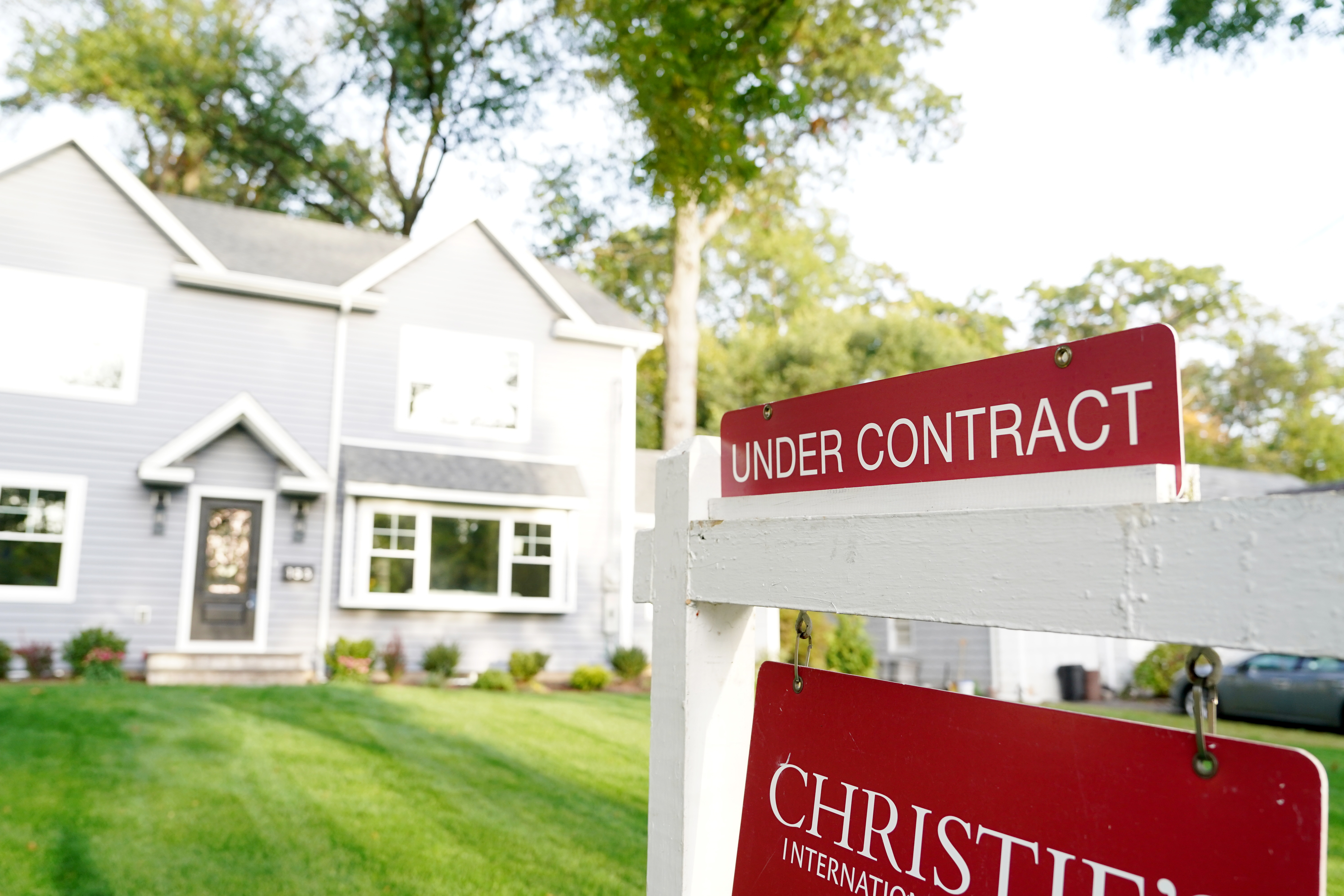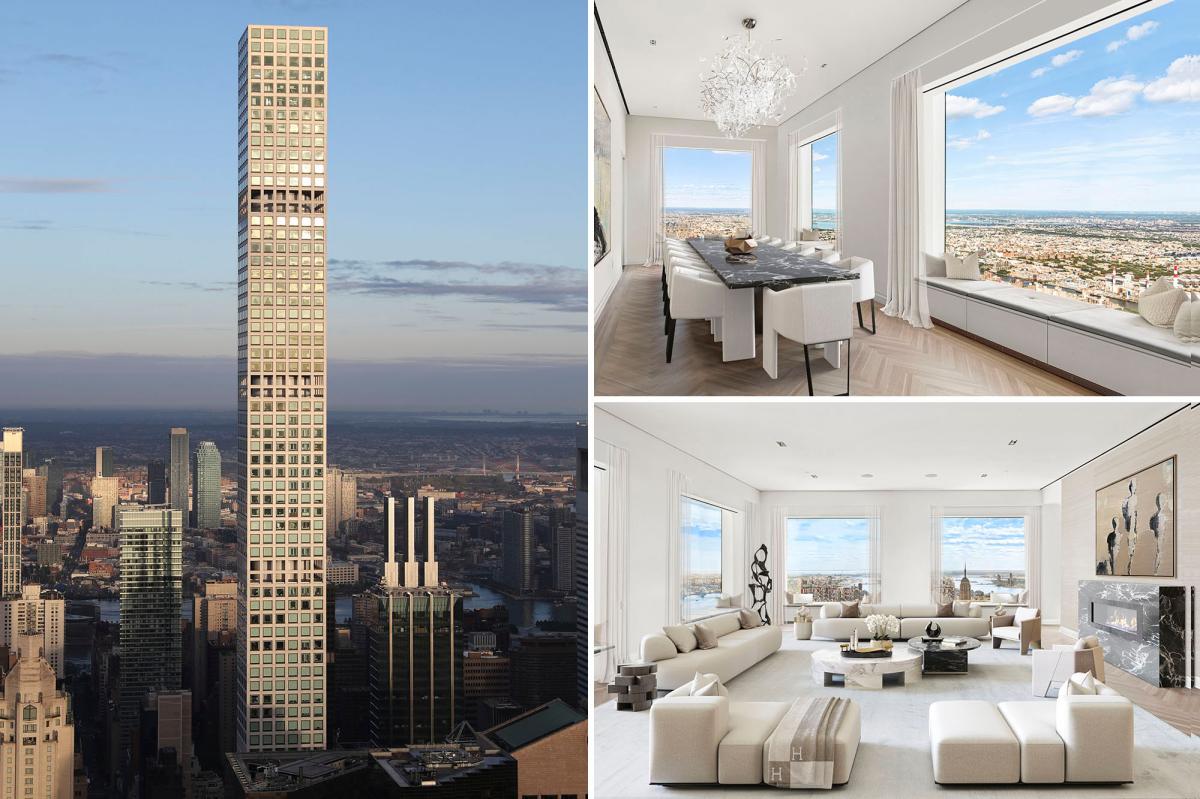H
igh‑income buyers and sellers still enjoy choices and leverage, while the rest of the market faces shrinking options and higher costs. This split mirrors the K‑shaped recovery that has defined 2025: the economy’s upper arm rises while the lower arm falls, rewarding wealth and penalizing those living paycheck to paycheck.
In housing, rising listings and cooling prices mean very different realities depending on which side of the market you’re on. “Top‑tier sellers can afford to be patient and price‑anchored,” says Jake Krimmel, senior economist at Realtor.com®. These sellers have multiple properties, cash flow to cover several mortgages, and savings to wait for the best offer. Most homeowners, however, are selling their primary residence and must act quickly. “The average family sells to buy, so they’re more likely to cut prices to secure their next move,” Krimmel adds. “Luxury sellers have the luxury of time.”
High‑earning homeowners remain resilient even as 22 states flirt with recession. Wealthy owners in California and New York—together accounting for over a fifth of U.S. GDP—hold firm, buoyed by concentrated wealth, diversified assets, and time. Mark Zandi, chief economist at Moody’s Analytics, notes that these states anchor the upper curve of the housing market, where finance, biotech, and health‑care hubs sustain steady demand. A recent Cotality report confirms that job centers in these regions continue to generate robust demand.
Realtor.com’s Luxury Housing Report shows that the national luxury benchmark dipped 0.5% in September to $1.24 million, yet top‑tier listings take only slightly longer to sell—79 days versus 62 days for median‑priced luxury homes. That gap has held steady for nearly a decade, illustrating that even when the broader market cools, the upper tier slows without stalling. Santa Barbara, CA, the nation’s priciest luxury metro, and Bridgeport‑Stamford, CT, continue to command multimillion thresholds, supported by buyers who can pay in cash. Nearly half of all homes priced above $2 million sold without financing this year—proof that liquidity is the defining edge of the modern housing cycle.
In contrast, households on the lower half of the K‑shape face eroded affordability and pervasive uncertainty. “Lower‑income potential homebuyers are challenged by an uncertain job market, sluggish wage growth, and worsening financial conditions,” says Dr. Selma Hepp, chief economist at Cotality. The firm’s latest data show that one in five U.S. metros now posts annual home‑price declines—the largest share since mid‑2023—while serious mortgage delinquencies rise in high‑cost states, especially Florida, where Tampa and Orlando are cooling fastest. Lower home prices have not sparked a buying boom among long‑sideline buyers, partly because home‑buying and ownership costs outpace incomes. Escrow expenses have risen 45% over the last five years, and real mortgage payments have jumped 72%, even after recent rate relief. Yet three‑quarters of the nation’s top 100 markets remain overvalued, according to Cotality’s Home Price Index. These pressures price out first‑time and lower‑income buyers despite modest supply gains and recent mortgage‑rate softness.
The K‑shape also hollows out the middle class, once the backbone of consumer demand and housing stability. In 1971, about 61% of U.S. adults lived in middle‑class households; by 2021 that share fell to 50%, while lower and upper tiers grew. “For those in the bottom 80% of the income distribution, spending has simply kept pace with inflation,” Zandi notes. The 20% that earn more have done much better. Manhattan illustrates this pattern: cash purchases made up a record 69% of all home sales in Q2 2025, according to Miller Samuel’s quarterly report for Douglas Elliman. At the same time, deals with financing contingencies—where buyers can walk away if they can’t secure a loan—hit their second‑highest level in a decade. The result is a split screen: a market still moving, powered by players at the top, and slowing everywhere else.
The stakes are high. The U.S. housing market—and much of the broader economy—now rests on the continued confidence of the wealthy. “The U.S. economy is being largely powered by the well‑to‑do,” says Zandi. “As long as they keep spending, the economy should avoid recession. But if they turn more cautious, the economy has a big problem.” If demand at the top softens, there’s little cushion beneath it. The middle class, already squeezed by stagnant wages and rising costs, can’t easily step in to fill the gap. In a balanced economy, housing reflects broad‑based confidence. In a K‑shaped one, it mirrors concentration. If the top curve bends, the rest may have nowhere to land.














